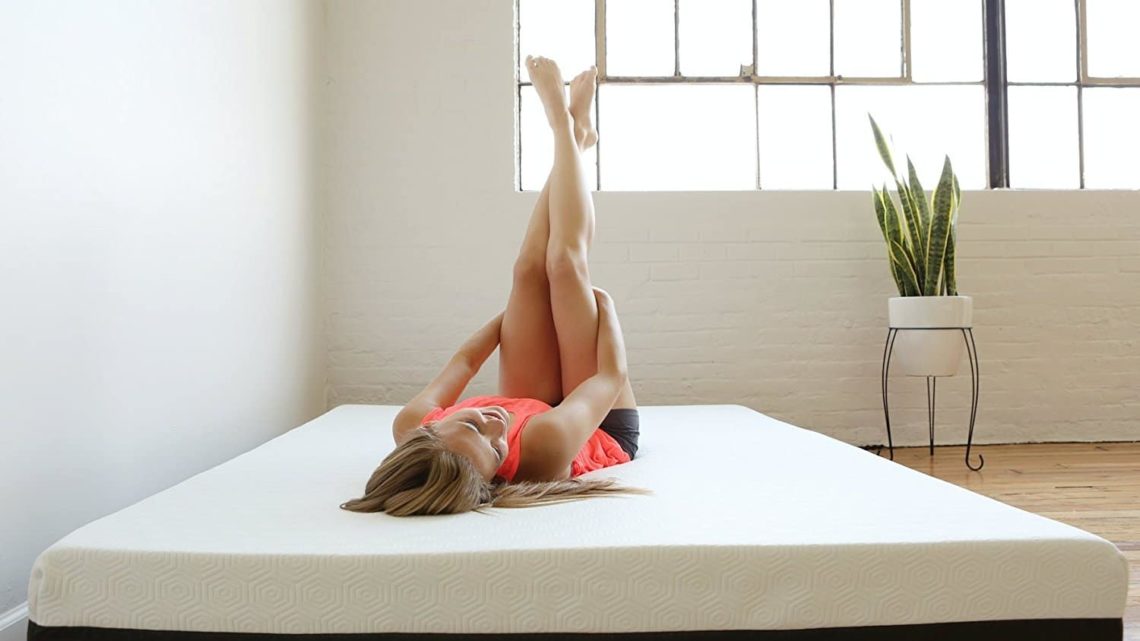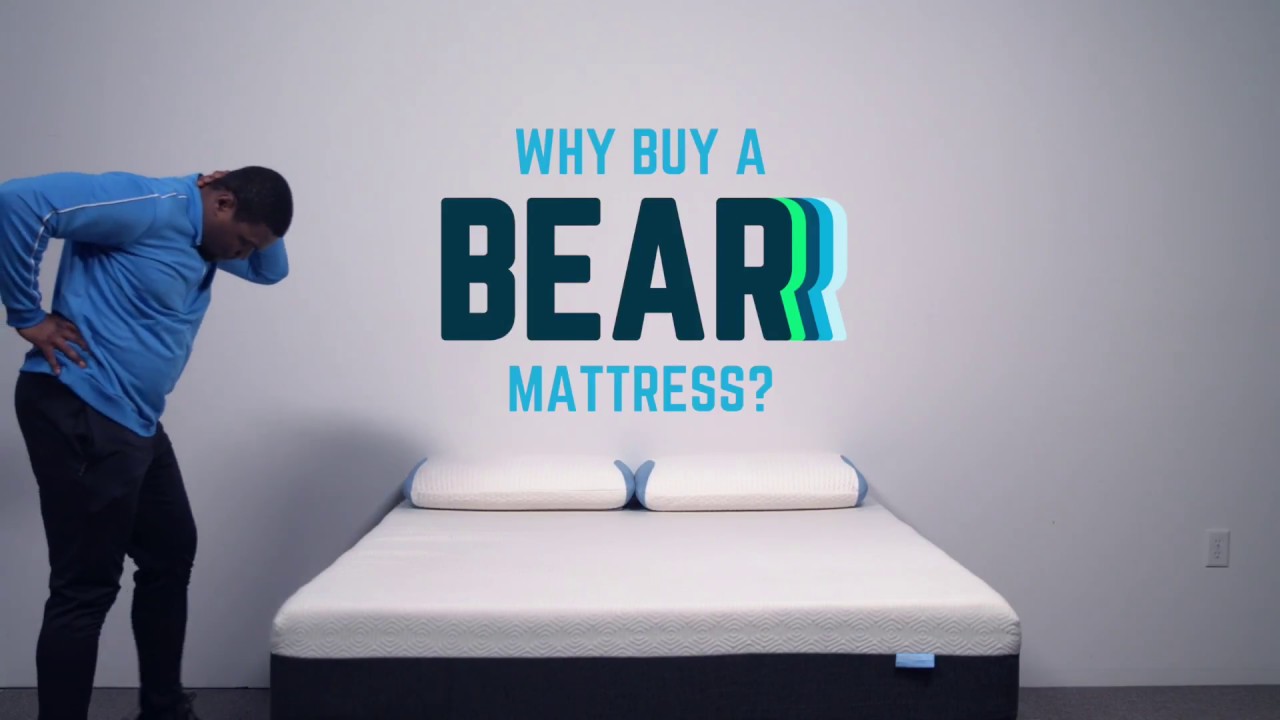
How to Choose A New Bear Mattress?
February 6, 2019When it comes to shopping for your new mattress, you have to compare various brands and models. However, you also need to consider a handful of different factors. Keep reading to find out what they are.
Conforming Ability
A lot of Bear mattresses will conform closely to the body of the sleeper to help them align their spine while preventing the development of pressure points. On the other hand, other mattresses do very little conforming or none at all. How closely a mattress will comfort is typically related to the comfort layer, or just the topmost and cover layers; models that have thicker comfort layers which are made out of latex or memory foam typically offer the best levels of conformity.
Durability
An average mattress that doesn’t undergo a lot of excessive deterioration should last for roughly seven years before it needs to get replaced. On the other hand, the likely service cycle of a mattress depends a lot on the material composition. An average memory foam mattress typically has a lifespan of about seven years. Hybrids and inner springs don’t last as long, typically, but airbeds and latex Bear mattresses often go longer.

source: youtube
Edge Support
Every mattress is prone to sinkage around any edge of the bed that people usually sit on when they get into bed or up out of it. Some kinds of mattresses such as these Bear mattresses, particularly all-latex and all-foam models, offer little or even no edge support, so excessive sinkage might happen. Bear Mattresses that have coil-based support cores with high-density foam reinforcement usually offer the best in edge support.
Firmness
Your firmness mattress preferences are usually going to relate to just two factors; one of them is your sleep position, and the other is your sleeper’s weight. Anyone who sleeps on their side is usually going to like a softer mattress, whereas stomach and back sleepers are more likely to find comfort on Bear mattresses that are medium firm or firmer. In regards to a person’s weight, a lighter individual who is under 130 pounds might need a softer mattress so that they experience more pressure relief and conforming, but a heavier person over 230 pounds will probably need a firmer mattress to prevent any excessive shrinkage. If a couple has a contrast in their firmness preferences, then a dual-firmness mattress that has different firmness settings for each site might the best option.
Motion Isolation
Movements that happen in a bed will create motion transfers that might be felt in every other part of the mattress; this can mean sleep disruptions for a couple, anytime either person gets in or out of bed, or even just shifts positions. Mattresses that have softer and more adaptive comfort layers will minimize the motion transfer, isolating it in much smaller areas of the sleeping surface. That can reduce the risks of disruptions during the night for both sleeping partners.
Noise Potential
Airbeds typically have the highest noise potential across all kinds of mattresses given their electrical components and adjustable air chambers. Hybrids and inner springs can also get loud given the creaks and squeaks from the steel coils that they have. Late and foam Bear mattresses, alternatively, are typically silent when they bear weight.

source: twitter.com
Odor Potential
Nearly every mattress is going to emit out off-gassing particles that are harmless when the mattress is new; however, such particles typically carry unpleasant odors with them. In the majority of cases, these off-gassing smells will dissipate within days, particularly when a mattress is kept inside a well-ventilated room. On the other hand, a few models will put out excessively strong odors that persist for a lot longer.
Size
Many mattresses are usually available in the six standardized sizes. Those start with Twin and Twin XL before moving up to Full/Double and Queen, followed by King and California King. A few models even have extra sizes like Short Queen or Full XL. They might even come in ‘split’ sizes of Queen, King, and California, where two different Bear mattresses can get pushed together or even separated.
Support
When talking about mattresses, support means how much a bed can provide a sleeper an evenly flat surface which aligns the pelvis and spine yet won’t sink underneath heavier parts of the human body. Many mattresses will provide optimal support initially, but that support is likely to decrease over time in any mattress made up of adaptive and soft materials, especially a latex or memory foam. However, hybrids, airbeds, and inner springs will offer far more consistent support throughout the life cycle of the mattress.
Temperature Neutrality
A lot of individuals will normally sleep unrelated to their choice of a mattress. However, some beds will absorb and even trap body heat. This means a sleeper will feel warmer than they usually do, and that can disrupt their sleep. Foam Bear mattresses will tend to offer better sleep than others, given their solid support cores. However, latex mattresses can be a little cooler, although they might still have problems with hot sleep for a very similar reason. Inner springs and hybrids are typically the most temperature-neutral choices given how there is more air circulation inside their support core.

source: home-designing.com
Thickness
The majority of available Bear mattresses all measure a minimum of 10 inches in height; having said that, mattress thickness can vary from models with less than 5 inches to those with more than 15. Your personally preferred thickness might be impacted by your body weight. Lighter individuals might prefer to have shorter beds, whereas a heavier person might feel a lot more comfortable on a thicker bed.
Weight
Every mattress is going to be relatively hard or awkward to move around because of its weight. Hybrid and latex Bear mattresses often weigh around 100 pounds or more. In comparison, airbed, innerspring, and foam mattresses are typically much lighter.


